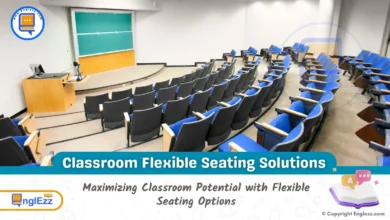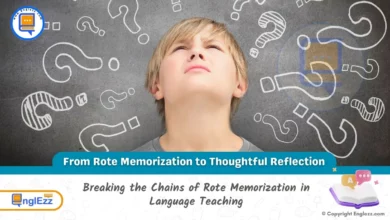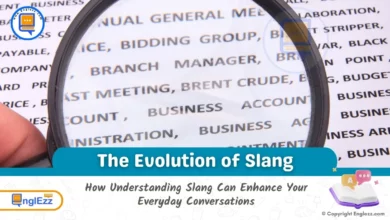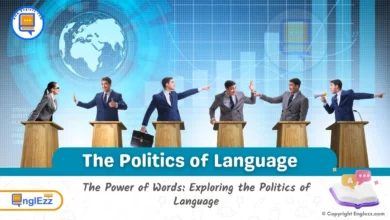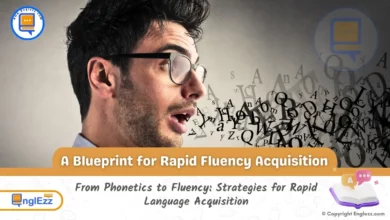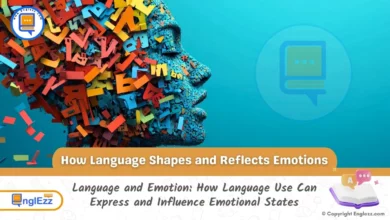Applied Linguistics
Welcome to our Applied Linguistics category, where the intricate tapestry of language teaching and learning unfurls across a spectrum of research studies, comparisons, and insightful blog posts. Here, we traverse the realms of English, Arabic, and French, the three pillars of linguistic diversity and global communication.
Through rigorous inquiry and scholarly discourse, our blog delves into the multifaceted landscape of language acquisition and pedagogy. Drawing upon empirical evidence and theoretical frameworks, we dissect the methodologies, challenges, and innovations shaping the teaching and learning paradigms in these prominent languages.
From cross-cultural analyses to in-depth examinations of linguistic phenomena, our posts illuminate the nuances and complexities inherent in language education. Whether exploring the efficacy of language teaching strategies, conducting comparative studies across diverse linguistic contexts, or unraveling the intricacies of bilingualism and language proficiency, our discourse is anchored in academic rigor and intellectual curiosity.
Applied Linguistics is a branch of linguistics that focuses on the practical application of linguistic theories and methods to real-world issues related to language teaching, language learning, language policy, language assessment, and other areas. Applied linguistics draws on theoretical insights from phonetics, phonology, morphology, syntax, semantics, pragmatics, sociolinguistics, psycholinguistics, and other subfields to address practical challenges in language education, communication, and policy-making.
Some specific areas within applied linguistics may include:
- Language Teaching and Learning: Applying linguistic theories to the teaching and learning of second or foreign languages, including pedagogical approaches, language acquisition theories, and language assessment methods.
- Language Policy and Planning: Analyzing language policies and their impact on society, education, and identity, and developing strategies for language planning and revitalization.
- Language Assessment and Testing: Developing and evaluating language proficiency tests, language assessment tools, and standardized testing procedures.
- Corpus Linguistics: Using large collections of authentic language data (corpora) to investigate language use patterns, linguistic variation, and language change, with applications in language teaching, translation, and computational linguistics.
- Discourse Analysis: Analyzing the structure and function of spoken and written discourse in various contexts, including conversation analysis, critical discourse analysis, and genre analysis.
- Bilingualism and Multilingualism: Studying the cognitive, social, and educational aspects of bilingual and multilingual language use, including language contact phenomena, code-switching, and language maintenance.
Overall, applied linguistics bridges the gap between theoretical linguistics and practical language-related issues, providing valuable insights and solutions for educators, policymakers, language professionals, and language learners.
Join us as we navigate the dynamic terrain of applied linguistics, forging connections between theory and practice and fostering a deeper understanding of language acquisition and instruction in today’s interconnected world.


